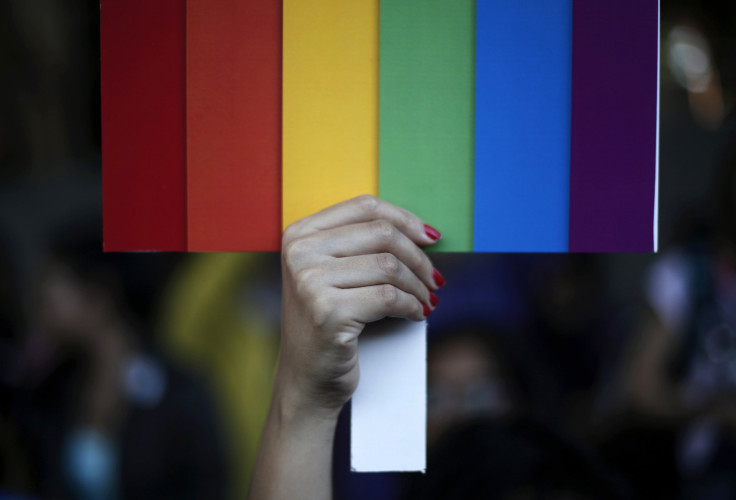Emergency department issues prompt push for transgender patient care awareness

Experts say transgender people commonly experience discrimination and refusal of medical care due to their gender status. A new report about a transgender patient's humiliating experience in an emergency room in the U.S. prompts the country's largest professional organisation of emergency nurses to push for transgender patient care awareness.
A new case study has covered the experience of the transgender patient Brandon James, a pseudonym, who recounts being treated like a “freak show” in an American emergency department. Researchers say that it’s the "overall lack of knowledge” from providers, nurses, gatekeepers or employees that result in mistreating transgender patients.
James has transitioned into a transgender man through hormone replacement therapy five years before his experience in 2011. On his hospital visit, the patient was identified as female on his driver's license and electronic medical records from previous medical visits, which prompted medical staff, indicating confusion, to debate his gender aloud at the hospital.
In the report, published online in the Journal of Emergency Nursing, James described his emergency department check-in process humiliating. "It wasn't business-like at all. I was a spectacle. I was a freak show at the circus," James said in a statement.
"It was definitely to draw attention to the fact that my outward appearance didn't match [my identification]," he stated. However, a nurse approached James, after waiting several hours to be treated, to apologise after listening to his friend about their check-in experience.
Ethan Cicero, author of the study, said that James’s experience is very common in medical rooms among transgender people. The study was presented on the Emergency Nurses Association's, or ENA, annual conference in the U.S. on Monday.
ENA President Matthew Powers said in a statement that James’s experience indicates “new implications for emergency nursing practice when treating a transgender patient.” To date, emergency nurses are working on the front lines to treat more and more transgender patients, he added.
“We want nurses and their ED colleagues to understand how to give these patients the care and respect they deserve," Powers said.
However, many transgender people still do not get the validation for their medical treatment, Cicero said. He cited the National Centre for Gender Equality's report in 2012 that shows medical providers used to be guided by 50 percent of the surveyed transgender patients about giving appropriate care.
The findings also show that discrimination has affected 28 percent of the patients to postpone their medical care even when sick or injured. It has also been found that 19 percent of surveyed patients were refused with medical care due to their transgender or gender non-conforming status.
Contact the writer at feedback@ibtimes.com.au or tell us what you think below





















